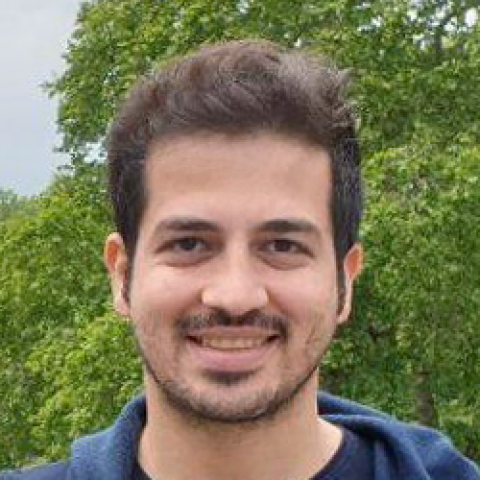 NOVO NORDISK FOUNDATION-SPONSORED VISITING SCHOLAR FELLOWSHIP RESEARCH PROJECT - 2022
NOVO NORDISK FOUNDATION-SPONSORED VISITING SCHOLAR FELLOWSHIP RESEARCH PROJECT - 2022
Visiting Scholar: Sadegh Ghorbani (Technical University of Denmark)
Stanford Faculty Advisors: Paul George (Neurology & Neurological Sciences) and Sarah Heilshorn (Materials Science & Engineering)
Neuroregeneration in the peripheral nervous system facilitated by adaptable multifunctional nerve guidance conduit containing immunomodulatory agents
Sadegh’s project will draw on several disciplines to revolutionize peripheral nerve injuries treatment for nerves with long-gap defects.
Each year, over 5 million patients worldwide suffer from peripheral nerve injury. Such injuries may occur due to trauma, long-term irritation, or chronic disease, leading to individuals’ disability of many with impaired muscle movement and/or normal sensations.
Gold standard treatment options such as autologous grafts are currently preferred by surgeons; even so, these greatly increase surgical risk and cannot be used for large injuries. Applying synthetic nerve guidance conduits is considered an alternative treatment; however, their efficacy in regaining motor control (below 25%) and sensory function (below 3%) is poor. Their ability to stimulate tissue repair for large and long defects is limited by their inappropriate anatomical, biomechanical, and biochemical features and the absence of immunomodulatory cues.
Sadegh’s project aims to mimick the native nerve microenvironment using adaptable materials to overcome these shortcomings and meet this critical clinical need. Here, he will apply advanced techniques from different disciplines such as neuroscience, cell biology, immunology, and bioengineering to improve neuroregeneration for the peripheral nervous system by utilizing the off-the-shelf and implantable medical devices.
This engineered 3D nerve guidance platform will serve as potential treatment options for patients suffering from neurodegenerative diseases in the peripheral nervous system and as a model of peripheral nervous systems to enable researchers and clinicians to investigate neuronal cell behaviors outside of the body in a way that is unachievable with the current devices.



